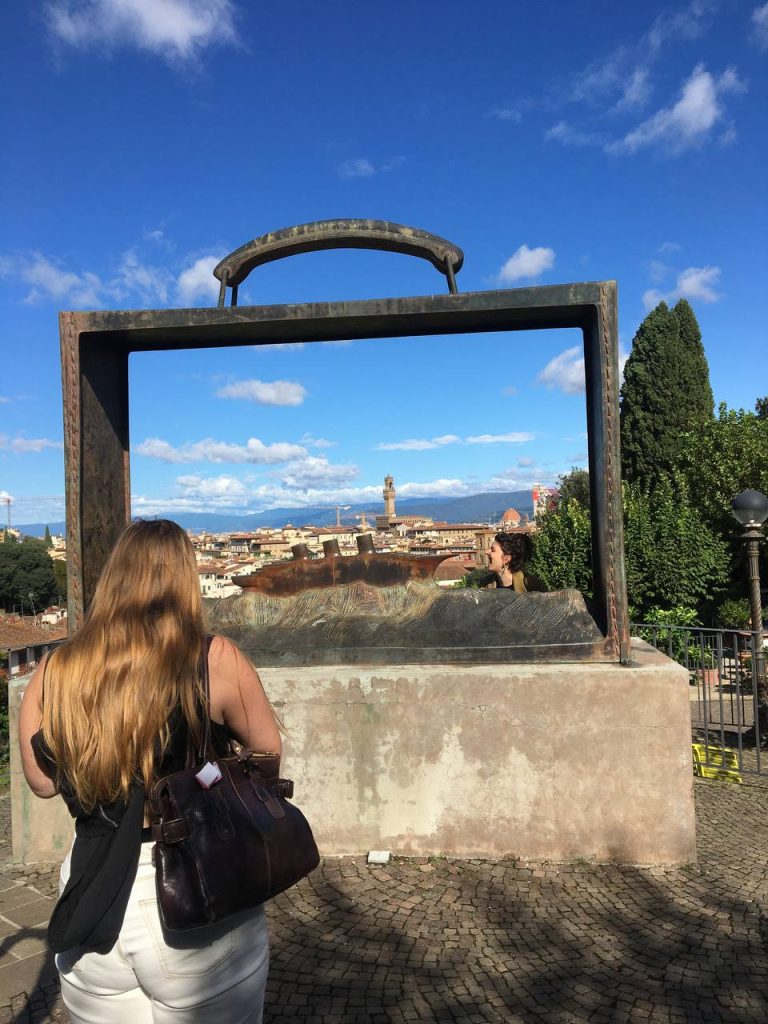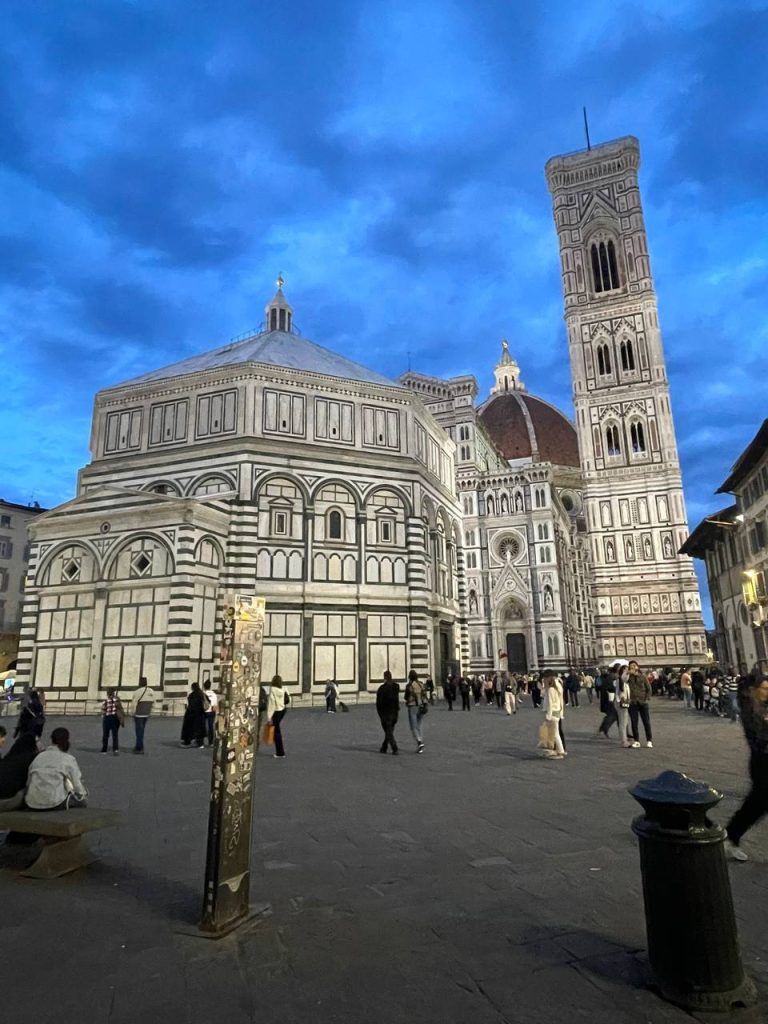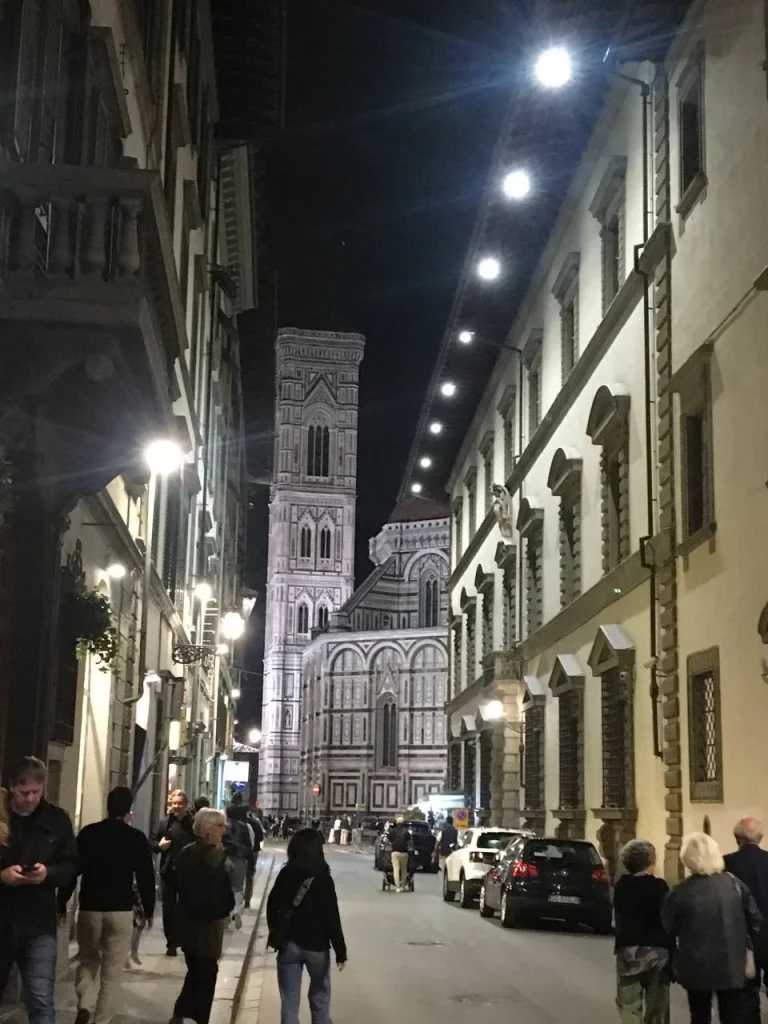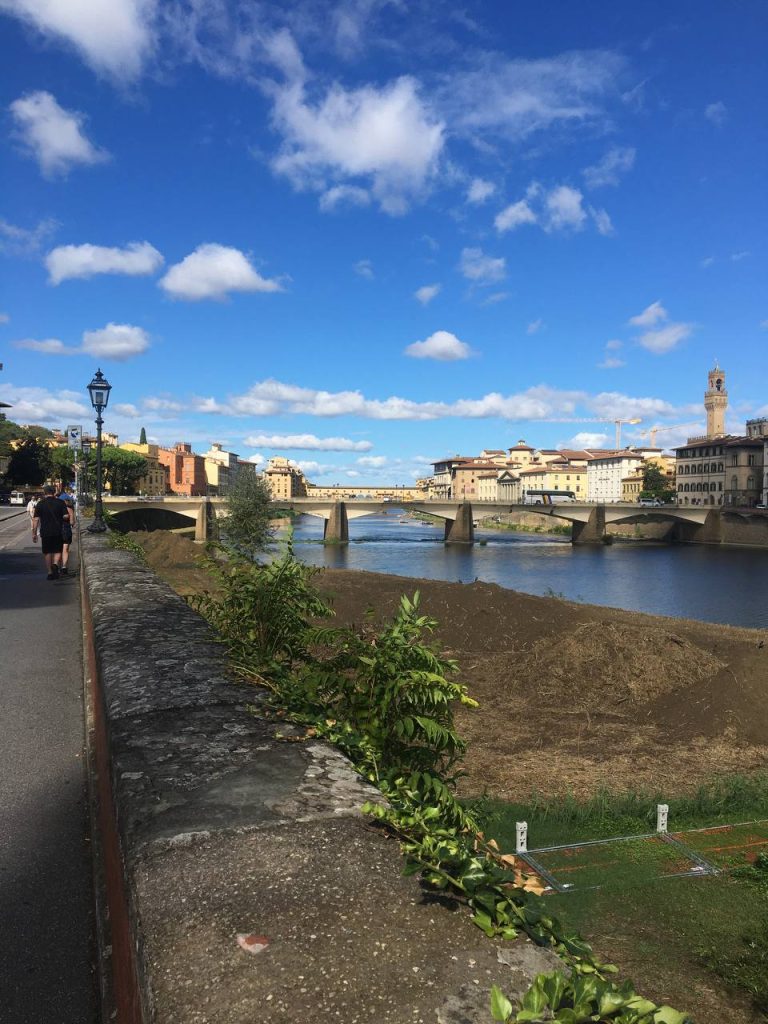What defines Florence’s FLAIR? How are work, art, inclusion, and sustainability related to each other? What is being done in this fascinating, venerable, and much-visited city that people come together and facilitate social balance? Nearly 20 project participants from Budapest, Skopje, Berlin, and Florence explored this and more during a four-day workshop on-site in the northern Italian cultural metropolis with European and global charisma.


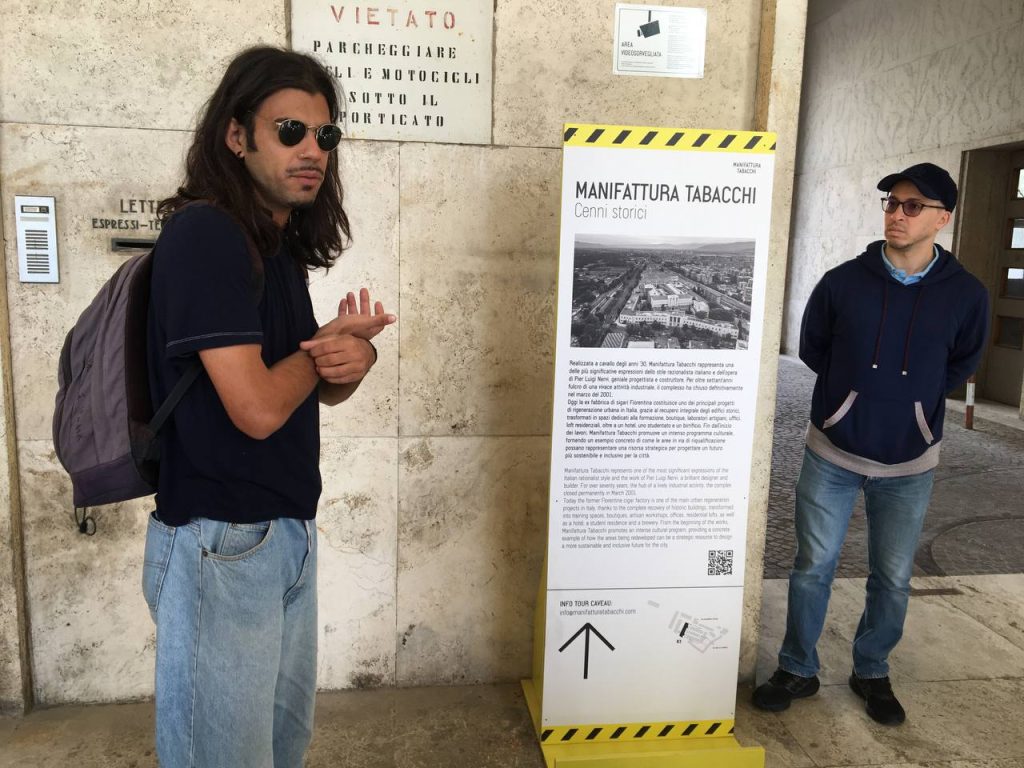
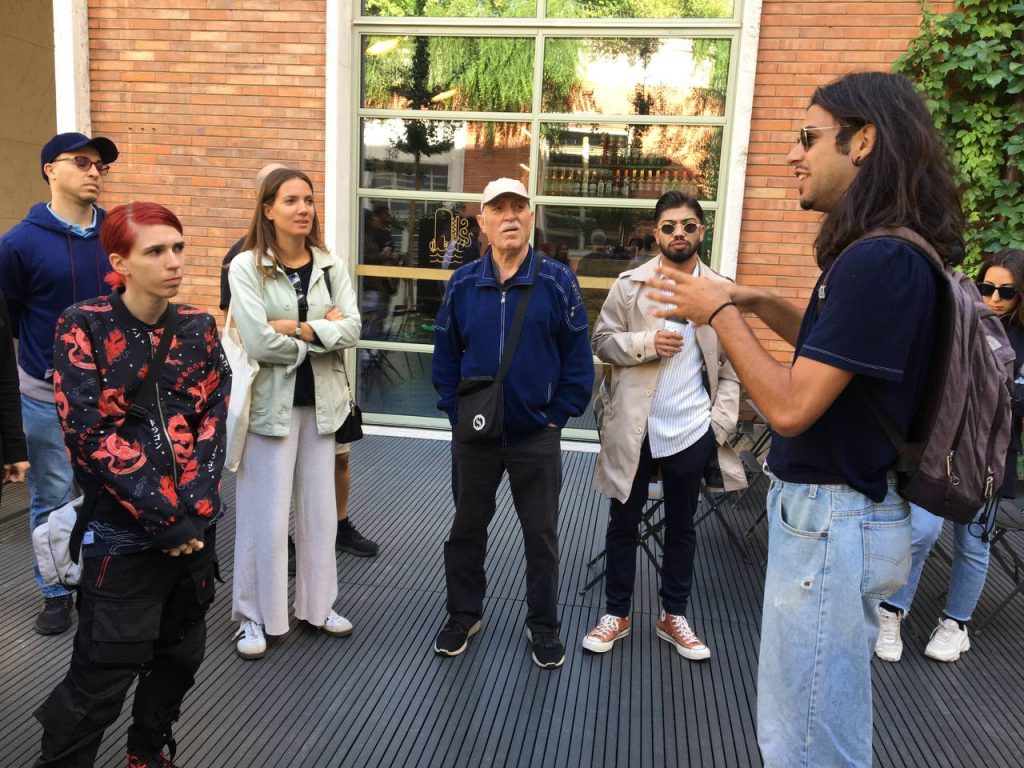
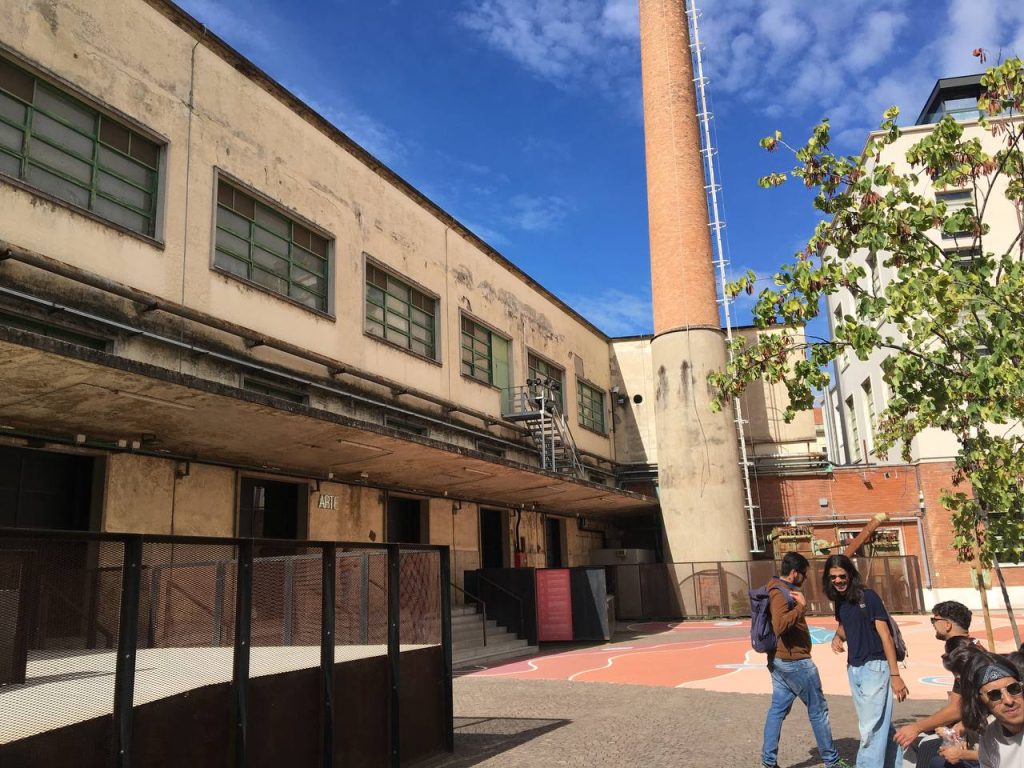

Not just Renaissance
The Florentines led the group to places in their city that they found promising. These included the former Murate Prison. A new residential and cultural complex with galleries, a bookstore, a literary café, and bars had been built there. It also offers workspace for freelancers, making it a focal point for exchange and inspiration. The Manufattura Tabacchi, on the other hand, is less centrally located but, on a much larger site, offers the charm of revitalized industrial architecture that combines work, living, education, art and culture, food, and entertainment. The guests had less of an association with such places in Florence.
One question that arose was who could afford an apartment in such an area. What characterises gentrification ? What characterises these processes in Budapest, Berlin, and Florence? Can similar phenomena also be observed in Skopje?
Another question revolved around tourism in Florence. How do the residents cope with so many visitors? Sure, they provide some with an income. But is there a limit?
On a treasure hunt
Between these explorations, there was time for small groups to embark on their own treasure hunts and ” delve into the hidden corners of Florence to discover its secrets, savor its flavours, and experience its vibrant history ” – as the announcement of the hosting organisation Pluriversum Srl stated. Places like the Ponto Vecchio, the Palazzo Vecchio, the Cathedral of Santa Maria del Fiore, the Palazzo Pitti, and the Uffizi were to be visited, photographed, and the images uploaded to an online portal. As if that weren’t enough, the list also included statues like those of David or Dante, unconventional art like street musicians, or general objects like the city’s plants or fountains.
There were also special tasks: Participants were asked to visit one of the many small shops where artisans make their own products and talk to them about their traditional manufacturing techniques. Or they were asked to stand in a bar and drink a coffee and observe the habits of the locals. And then compare: What is the coffee culture like in my city? A considerable number of pictures were collected.
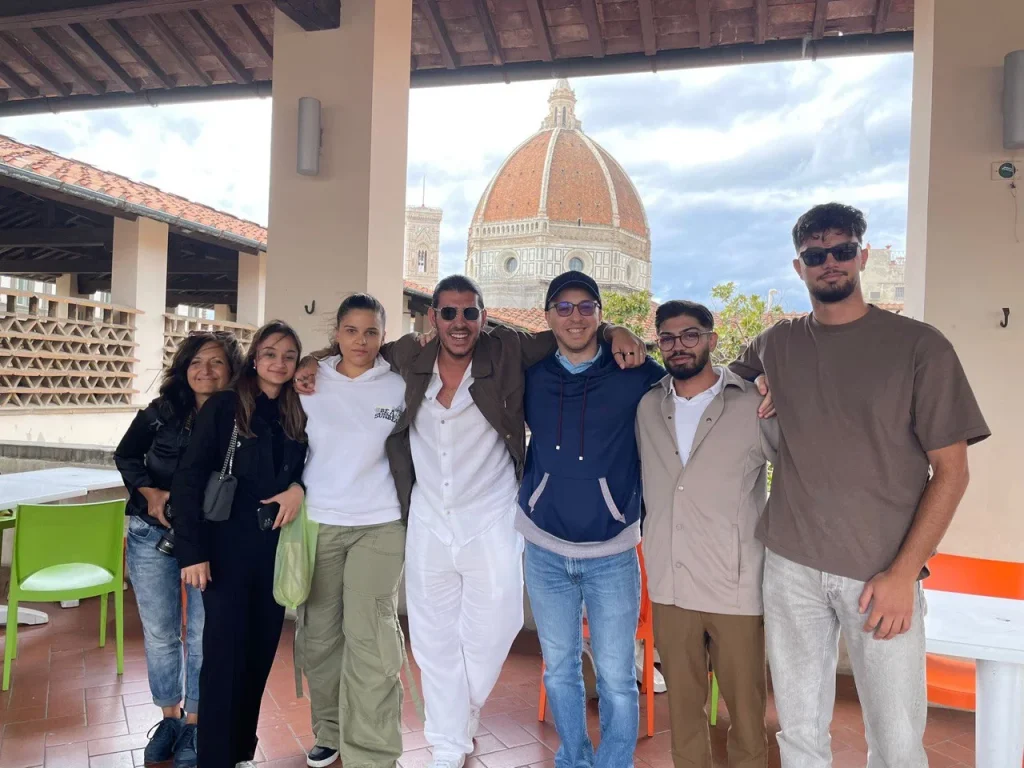
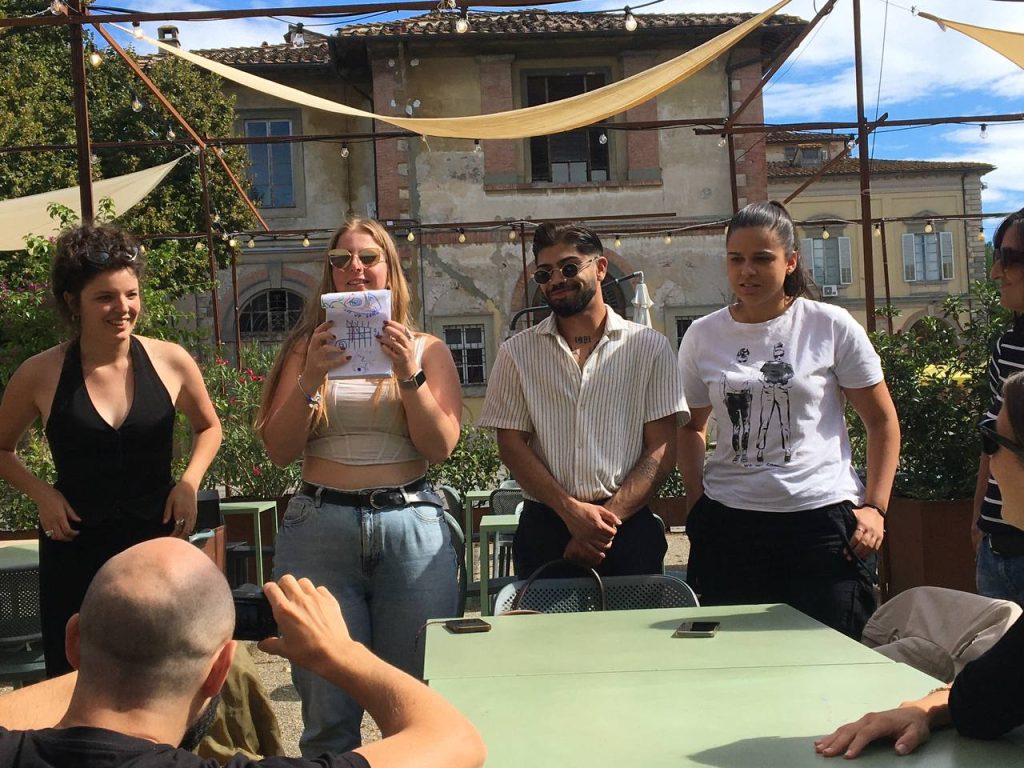
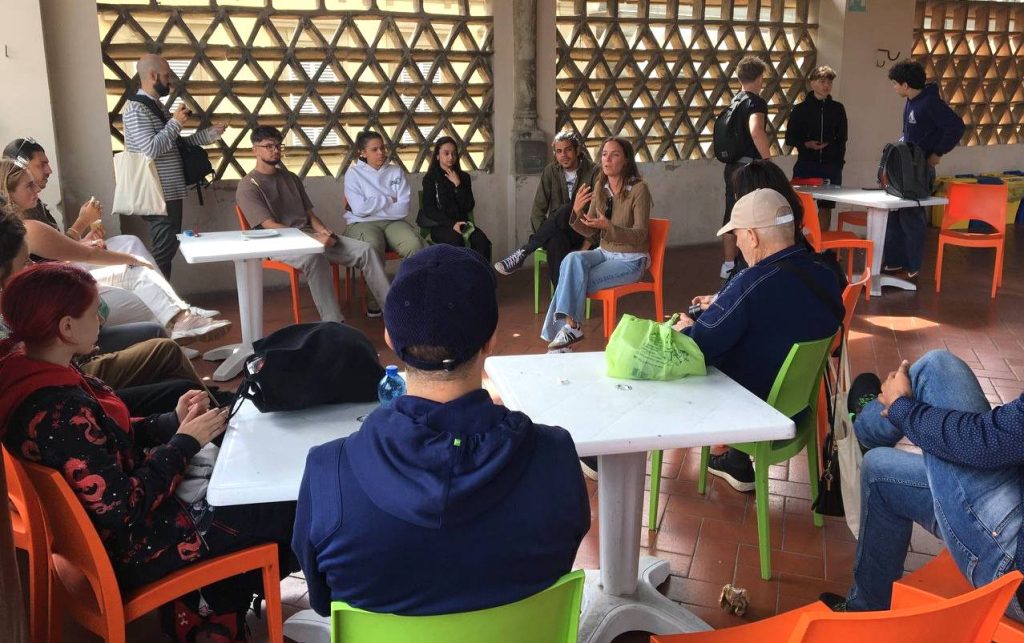
And what is the “genius” of Florence?
The group creatively processed all of their impressions of Florence and their thoughts on CITY. In small teams, the participants created collages, wrote texts, and made music. One group described a journey through time from Niccolò Machiavelli (1459-1527) to present-day Florence. Once banished from the city, he strolled across the Ponte Vecchio, becoming younger with every step. He arrived as a 20-year-old and no longer recognized his city. The river no longer smells, the water is clear, and the word “Sustainability” is emblazoned on a sign. Sust… – what? But artisans are also no longer to be seen. Instead, there are places where objects stand. Just like that, to be looked at. They call it a “museum” or a “gallery.” Hungry from all these impressions, our Niccolò sees a board-like object on the table of a café, picks it up, steals tomatoes, onions, and cheese from the market, and prepares his breakfast. But then a young man storms up, demands his tablet back, and complains about its misuse as a tray (tablett). Machiavelli is expelled from Florence once again. He writes a book about “Representations of Reality in Power Relations in the Light of Technological Change.” What does this tell us about a genius?
“This is a person capable of wonder, astonishing, and seeing his time through the eyes of a stranger.” Or not?
Feedback
One participant commented after the workshop:
” I was delighted to meet with such creative people from different European countries in Florence, Italy. I look forward to seeing how these ideas will impact the European community. “
